“Investment casting for aluminum makes complex designs by melting aluminum through various steps. This process replicates wax patterns that help produce industrial metallic parts.”
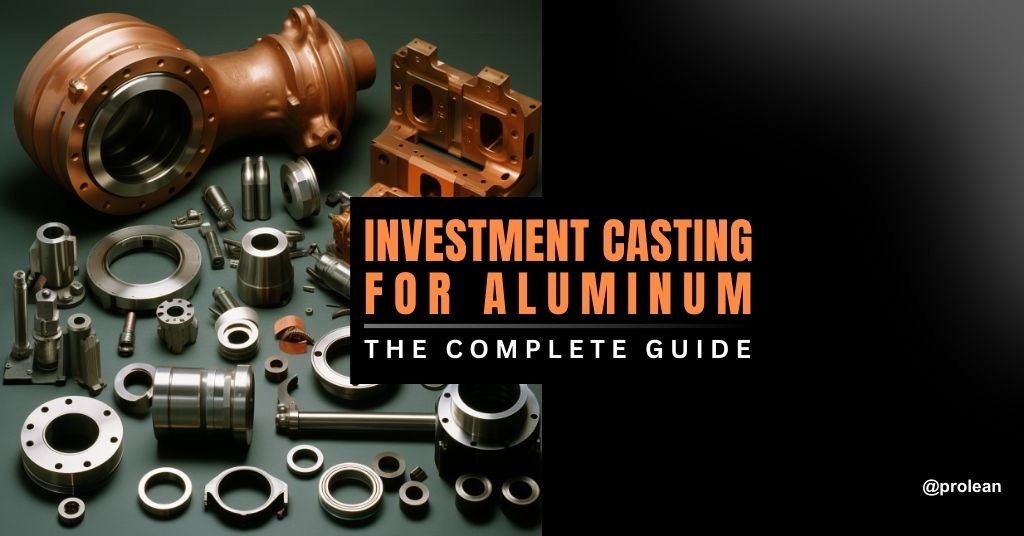
Industrial products are made of versatile metals such as steel and aluminum. When it comes to casting, there are different materials to choose from and design engineers always face the dilemma of using the right material for their products.
Mostly, the industry prefers to go with a process that is versatile and economical while being efficient. This is where investment casting steps in. It can mold different metals into usable forms and can help businesses reach their production goals. Investment casting is a productive operation that ensures the streamlining of industrial products. Using aluminum for investment casting is widely preferred due to its malleable nature and excellent thermal conductivity.
This article will highlight the core concepts of investment casting for aluminum, providing a complete walkthrough to readers.
What is Aluminum Investment Casting?
Aluminum Investment casting is the process of molding alloys to form a pattern of wax or similar material small, accurate castings of metals. It is one of the oldest-used techniques of forming metals. Investment casting for aluminum uses replicating wax patterns to create complex and detailed designs.
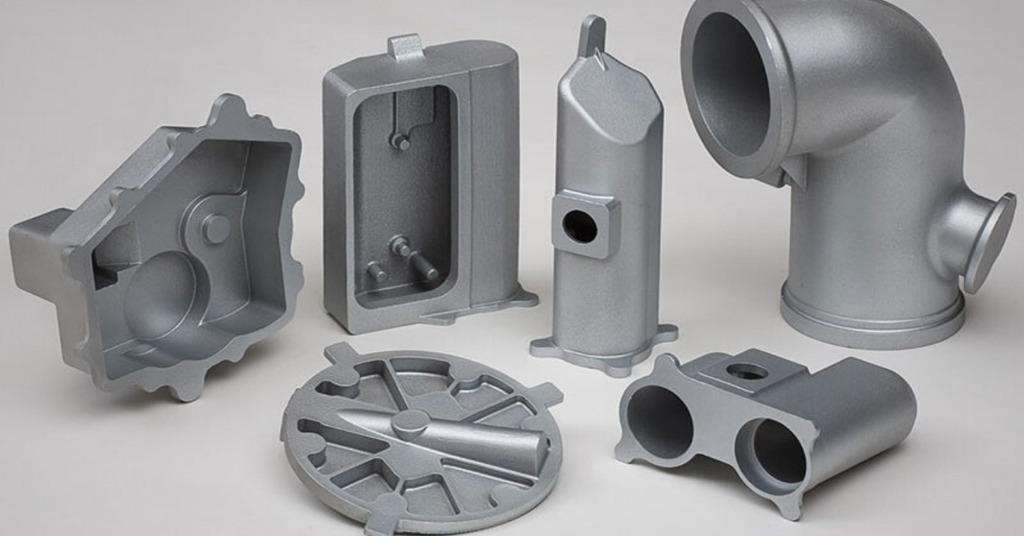
Aluminum investment cast products
Aluminum acts as the core investment casting material which enables faster casting of complex geometrical components. This whole process of investment casting for aluminum features tighter dimensional tolerances, greater alloy flexibility, and excellent surface finishing. There are many advantages of using aluminum investment casting as it requires less processing compared to traditional investment casting methods. The reason lies in mold which we will discuss later in the blog.
Try Prolean Now!
Investment Casting for Aluminum – Complete Process
Investment casting for aluminum generally involves several steps. Here is the step-by-step breakdown from melting the metal to casting it into different geometrical shapes.
Melting
The first step of investment casting for aluminum is melting. This process is fast and easy to implement. Engineers in the industry use different machines to melt the aluminum and convert it into a mold. This molten aluminum is then crafted for the making of the intended object. For this, engineers use wax to shape the pattern of the object and then pour the mold into injection molding.
Preparation
After creating the wax patterns, design engineers attach the sticks and arrange the patterns together to prepare the mold. After this preparation, a ceramic slurry or “investment” comes into play. Engineers apply this investment compound by dipping the wax assembly into it and pouring it into the flask to eliminate the presence of any impurities such as air bubbles.
Drying and Burning
After clearing the assembly, the process of investment casting for aluminum undergoes drying through a vacuum or a fan. The drying process helps the wax to evaporate or melt away which leaves a hollow cavity in the mold. This operation is termed burnout after which the leftover product is ready for metal casting.
Metal Casting
This is the step where Aluminum steps into the investment casting process. In metal casting, the molten aluminum is poured by the technique of centrifugal casting, vacuum, or gravity casting. The molten form of aluminum fills the cavity, and space is left after burning or drying wax. After filling the aluminum the shape of the desired object is formed.
Inspection and Finishing
In the last step of investment casting for aluminum, the manufacturing team cooled down the metal to form a solid element. After solidifying the aluminum, each piece is meticulously analyzed for any defects. In case of any fault, the team addresses it or can send the metal for recycling. Finally, different techniques such as CNC machining smoothing, coating, and sanding come into play. These processes complete the investment casting process.
Related To: What is Investment Casting: Process and Materials
Types of Casting Aluminum Alloys
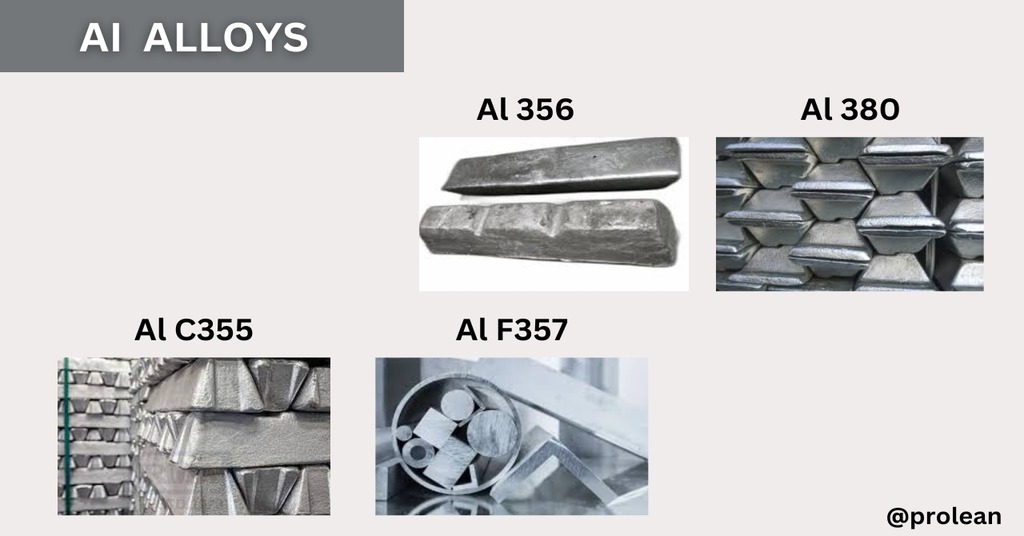
Aluminum Alloys for Investment Casting
Here are some of the key types of alloys that industrialists mostly use in the investment casting for aluminum. Here are some common castable aluminum grades.
A356 Alloy
The manufacturing industry uses the Grade A356 as a multi-purpose aluminum. This alloy has a composition of pure aluminum and silicon, with low contents of magnesium, zinc, manganese, and copper. A356 alloy has high strength, elongation, and ductility, making it a first choice for both simple and complex component manufacturing.
A380 Alloy
For die casting, A380 grade alloy is an excellent choice with the best mechanical properties and a wide set of use cases. One of the most prominent applications of this alloy is in brake castings, gearboxes, and air-cooled cylinder head manufacturing.
C355 Alloy
C355 alloy is a combination of iron, magnesium, zinc, titanium, silicon, and aluminum. It also contains high-grade copper and casting-grade aluminum. This alloy has good strength but is less ductile than the A366. Thus, the C355 alloy is a good choice for crafting parts with weldability and anti-rusting.
F357 Alloy
The F357 alloy does not contain any beryllium as it can be used as a substitute grade for other alloys as it has a high amount of strength and thermal conductivity.
Try Prolean Now!
Advantages of Using Aluminum For Investment Casting
Metals are mostly preferred for investment casting across industries and aluminum is one of them. There are many reasons for choosing aluminum as the core choice for investment casting, here are the top 5 of them.
- In the process of investment casting for aluminum, design engineers have the freedom of flexibility in producing complex designs. They can create and customize complex designs to achieve the best possible metallic part.
- Aluminum also helps speed up the process as it is much easier to melt and can be converted into much more complex designs compared to other alloys and metals. Industries that require high production of small parts rely heavily on investment casting for aluminum as it is a strong metal for casting.
- Moving onto reliability, investment casting for aluminum is a reliable way of creating parts that are durable and sturdy.
- Aluminum is lightweight which makes it the first choice for many small components. This means that it can easily be converted into various shapes without using expensive machinery. One big plus of using aluminum in investment casting is the cost, which is less expensive compared to other industrial metals.
- The result of investment casting for aluminum is reliable as it is rust-resistant and versatile for industrial use. The life-span of parts is long which allows manufacturers to produce many products. Ultimately, investment casting for aluminum is a good value for money.
Core Characteristics of Aluminum for Investment Casting
Aluminum has lots of good qualities, for instance;
- It’s good at letting electricity flow through it.
- You can bend and shape it easily because it’s stretchy and can be flattened out.
- It’s also great for moving heat around because it’s good at conducting heat.
- And the best part is that It’s not harmful to people or the environment, which makes it safe to use in lots of different things.
Disdvantages of Using Aluminum For Investment Casting
Here are the disadvantages of using aluminum for investment casting:
- Aluminum has a higher shrinkage rate than other metals, which leads to potential dimensional inaccuracies and warping in cast parts.
- Alloys of aluminum can be prone to porosity issues during casting, which may weaken the structural integrity of the parts.
- Melting aluminum requires significant energy input, increasing production costs, especially for large castings.
- Aluminum alloys are easily oxidized, which can trap gases and impurities, causing defects in cast parts.
- Aluminum’s abrasive nature can result in rapid tool wear during the casting process, leading to increased maintenance costs.
- Compared to other metals, aluminum has a more limited range of alloys suitable for investment casting, restricting material property choices.
- Aluminum castings often require additional treatments like heat treatment and machining, adding to production time and costs.
How Prolean Enhances Aluminum Investment Casting Process
With Pro-lean’s on-demand CNC machining and sheet fabrication services, design manufacturers can easily enhance their production using intricate patterns for investment casting.
Our CNC machining helps businesses refine the patterns to ensure optimal mold quality for industrial applications. Using the latest sheet metal fabrication techniques, we can help in crafting customized investment casting molds, such as gates and vents, ensuring uniform filing during casting.
After creating the best out of the aluminum casting process, we remove the excess materials using the latest techniques of finishing operations. This helps businesses achieve high tolerances and refine their products further.
Contact us to take your metal manufacturing process to the next level. Send us your design to get an instant quote right for your specific use case.
Read more:
- The Different Grades of Brass For CNC Machining: Exploring the Possibilities
- What is Aluminum Die-Casting: Die-Cast Aluminum Process
- The Reamer Bit – Understanding its importance in Precise manufacturing
Try Prolean Now!
Summing Up
With the industrial importance of aluminum, investment casting with it’s an affordable and efficient solution for making tools and complex products. The properties of aluminum such as easy melting and ductility, make it a popular investment casting option. Design engineers prefer using it as their primary metal for making in-demand parts.
Using the right alloys of aluminum helps design engineers craft market-competitive parts that are low on cost and have great efficiency. With so many advantages of investment casting for aluminum, the market demand is expected to rise as more and more manufacturers opt for this process to get the best value for their money and time.
FAQs
1- What is investment casting for aluminum?
Investment casting for aluminum is a precision manufacturing process where wax is replaced with molten aluminum to create complex metal parts.
2- What are the advantages of investment casting for aluminum?
Investment casting offers high accuracy, intricate detail, and excellent surface finish for aluminum parts.
3- Can investment casting be cost-effective for aluminum parts?
Yes, investment casting can be cost-effective for aluminum parts, especially for small to medium production runs, as it reduces the need for secondary machining and tooling costs.
4- What industries commonly use investment casting for aluminum?
Industries such as aerospace, automotive, medical, and defense frequently utilize investment casting for aluminum components.
Resource
Patric T Summers, (April 29, 2015): Overview of aluminum alloy mechanical properties during and after fires: https://link.springer.com/article/10.1186/s40038-015-0007-5

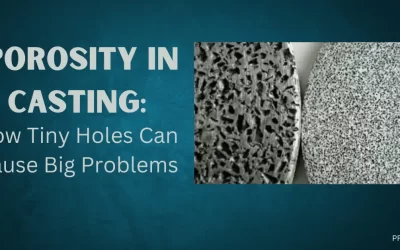
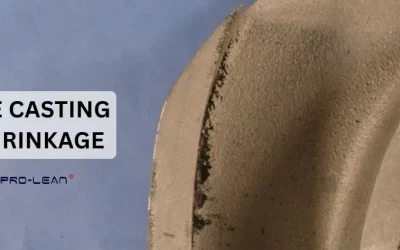
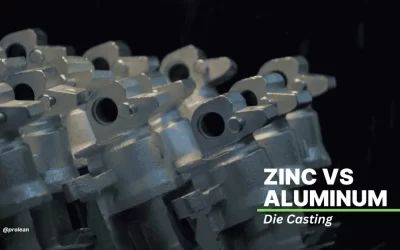
I Admire this explanation on aluminum investment casting ! Good post
Thank you for your words!